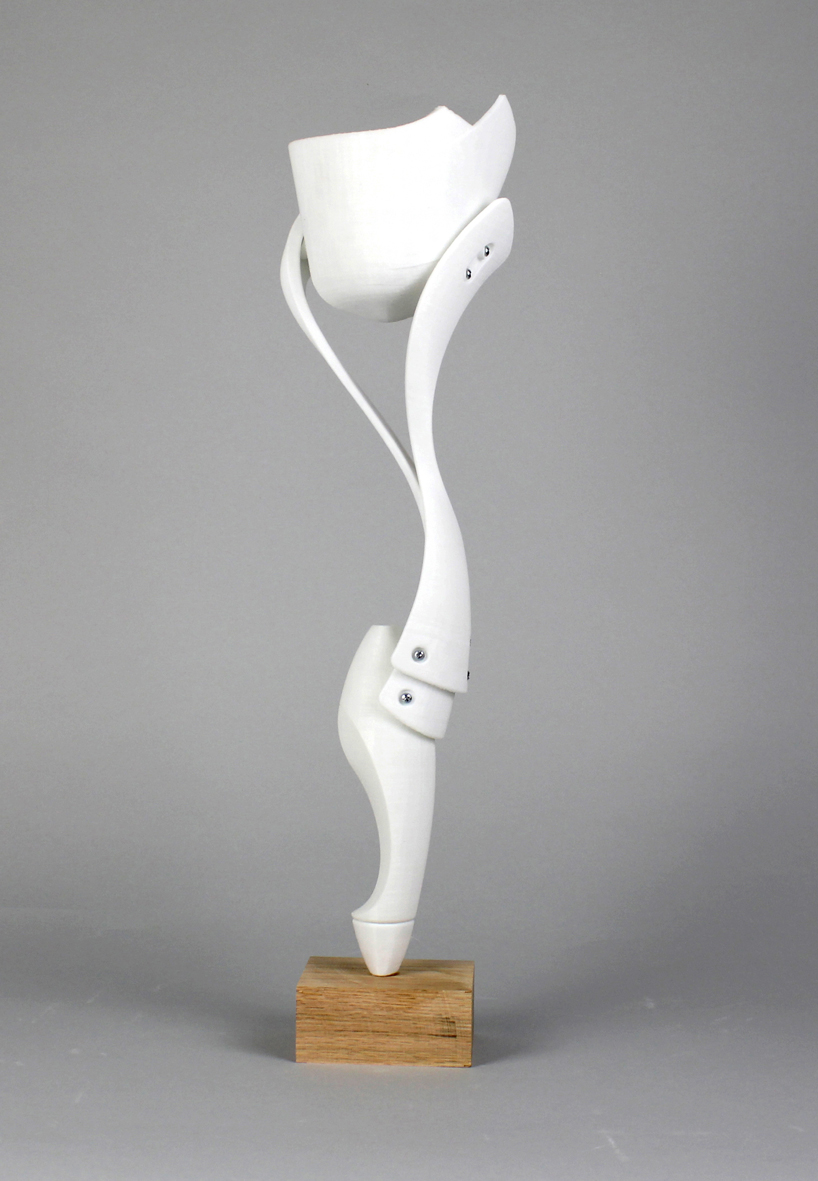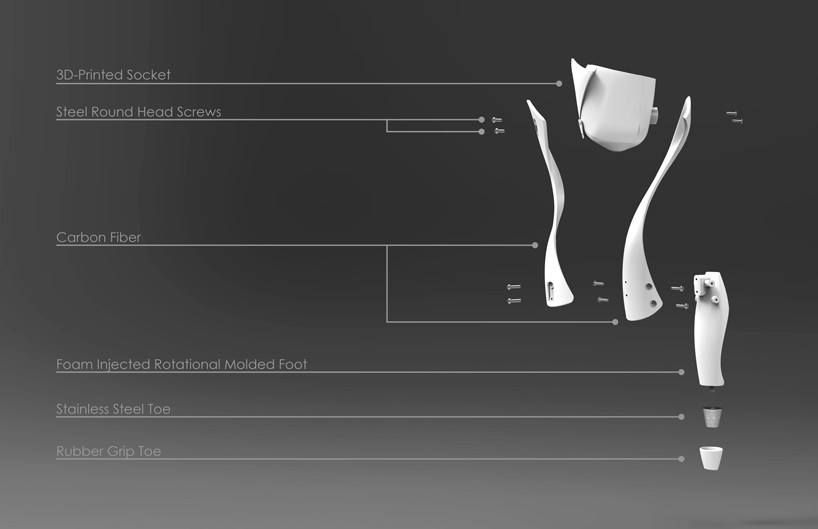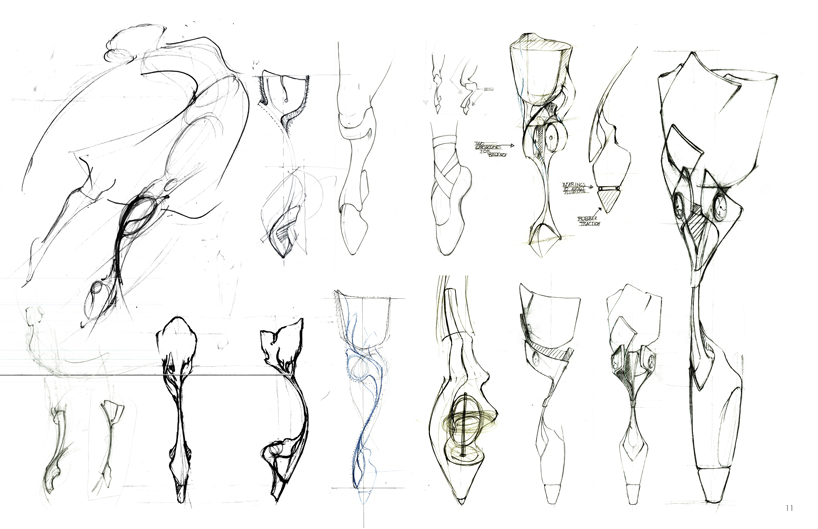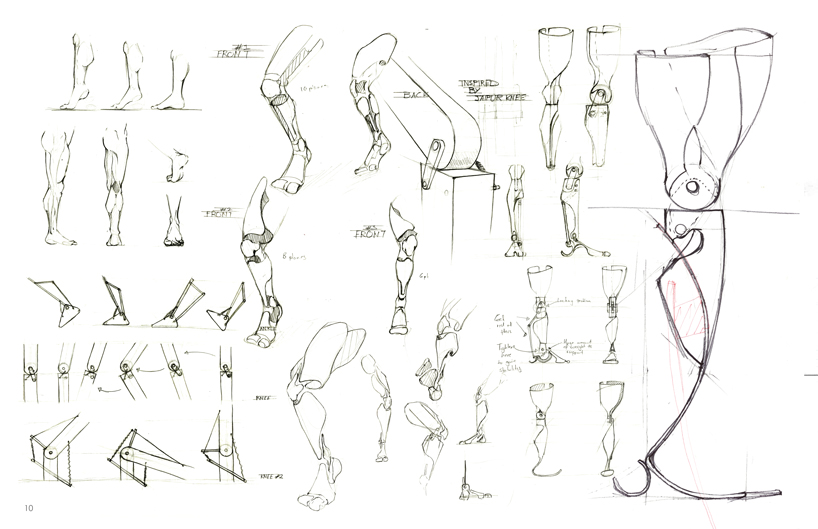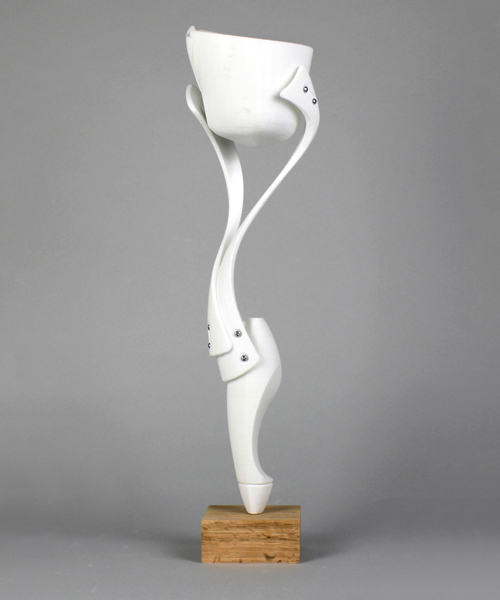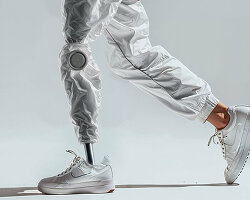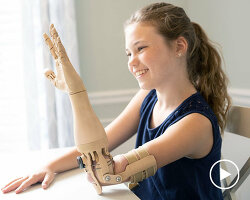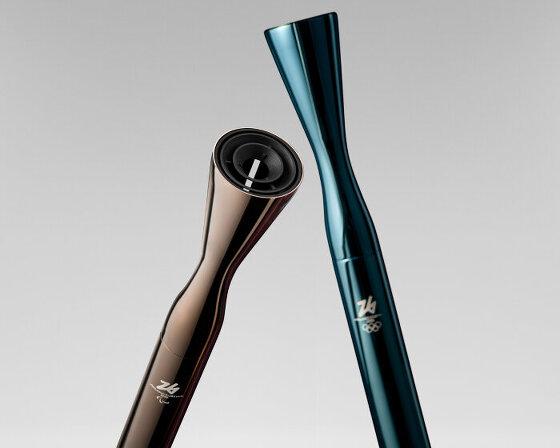design student jae-hyun an has created a prosthetic leg that has been especially designed to allow amputees to perform ballet. named after marie taglioni, swedish ballet dancer of the romantic ballet era, marie-t takes on a form that perfects the pointe technique, the part of classical ballet technique that concerns pointe work, in which a ballet dancer supports all body weight on the tips of fully extended feet within pointe shoes.
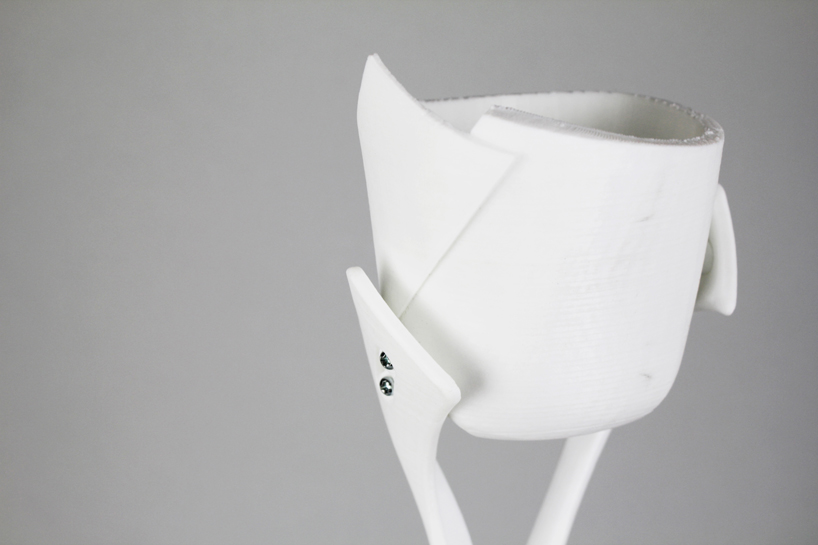
images courtesy of the designer
traditionally, the pointe position is very stiff, and lacks suspension, aligning the calves, ankles, foot and toes in a way that does not allow any flexibility. this stops the shock or impact when moving from being absorbed. to combat this marie-t uses the same curvature as a cheetah’s leg but in the opposite direction.
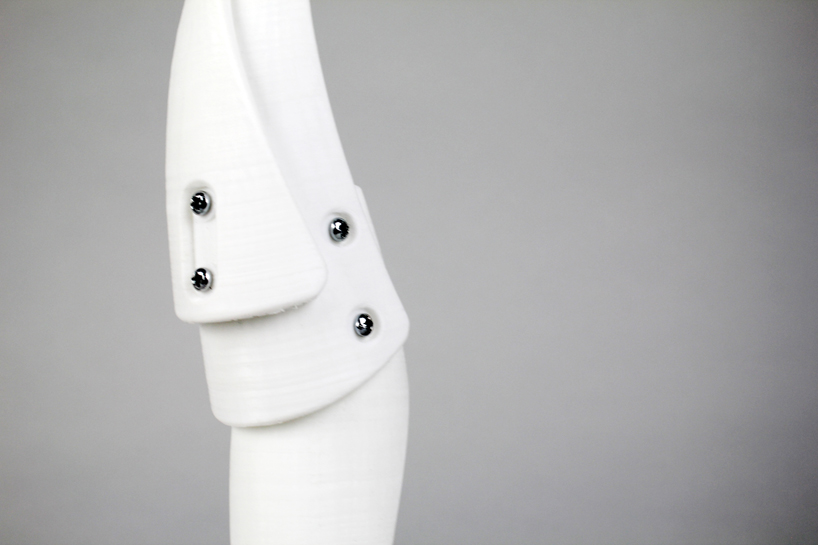
‘this is because the cheetah leg is a prosthesis that requires constant movement from the athlete in order to maintain balance, if not, the athlete with naturally fall backwards‘, jae-hyun explains. ‘by reversing the curvature, the ballerina will now fall forward after holding a position, in order to step into the next series of movements.‘
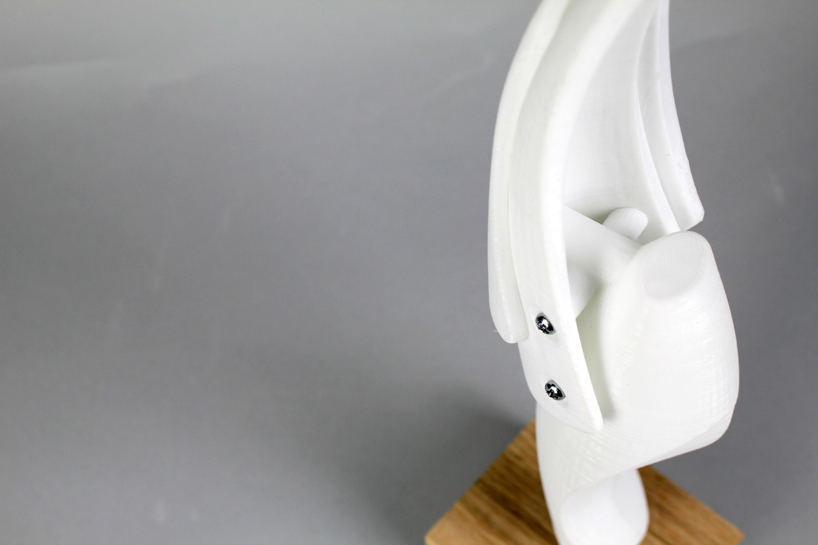
the prosthesis is made up of a 3D-printed socket attached to two curved pieces that make up the calf of the leg, all made from carbon fiber and fixed together using steel round head screws. connected to this is a foam injected rotational molded foot and a rubber grip toe, inside of which is a stainless steel insert of the same shape.
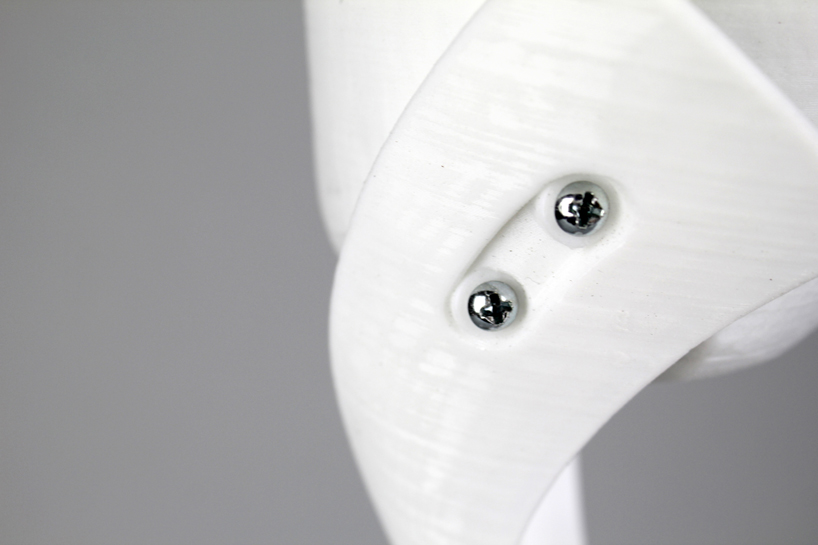
jae-hyun has made it intentionally heavy to increase stability and durability. increased weight at the bottom helps create momentum for the dancer during rotations whilst overcoming one ballerina’s most difficult challenges in perfecting the pointe position – a weak ankle. the lowered center of gravity also helps in maintaining balance. marie-t is designed to be assembled in order to allow the user to switch out worn out parts or resize their prosthesis.
